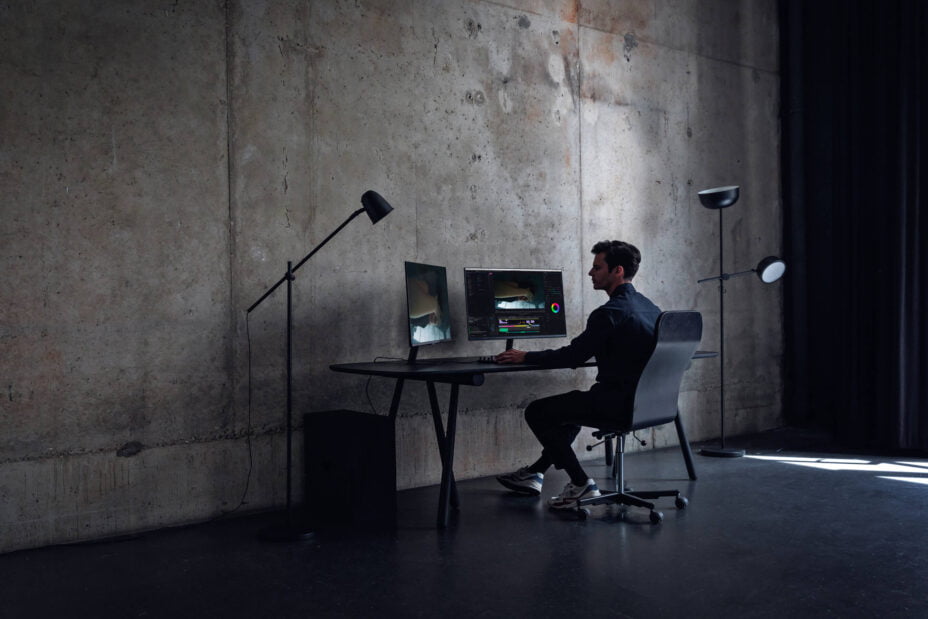The Suited Racer: Closer to the vision
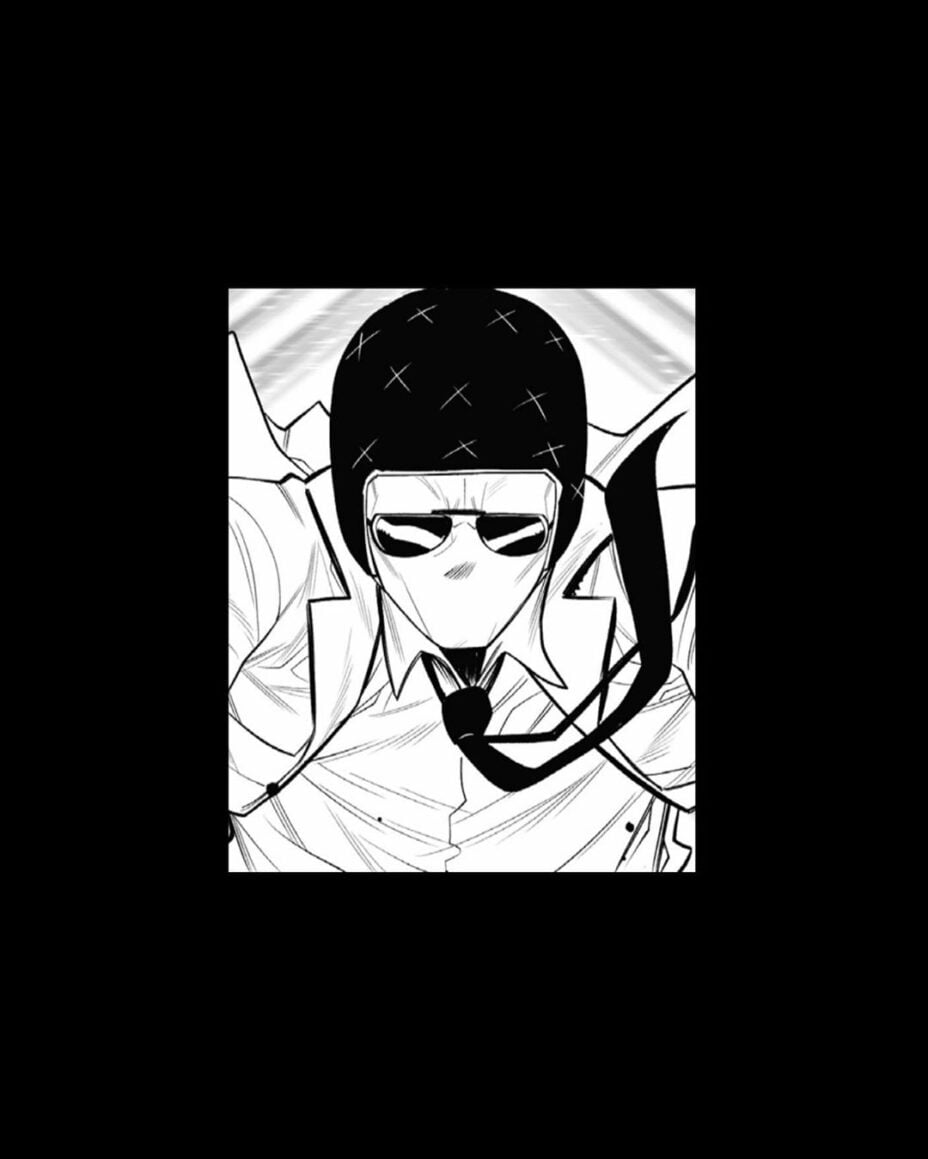
With demand for his artworks strong, Griffin’s star is rising …. fast. Here, he reveals his working methods, his approach to photography and the passions that drive him to succeed.
Beginning with the classic nature vs nurture question; are great photographers born or made?
I can only speak for myself. Made. Nothing I have is a gift. I’ve had to work hard to be better every step of the way. I do believe this is true across the spectrum. The best con is making people believe things are effortless when they are anything but.
Your public image is that of an anonymous artist, social media influencer, photographer, social commentator, and bespoke-suited motorbike aficionado. This is quite a unique combination. Briefly, how did we get here?
I wasn’t really looking for (or see it as) a “public image”. All those things were intertwined with who I am, I simply covered my face up. We can all agree that it can be kind of ridiculous. We can all agree it isn’t that ridiculous with what’s really out there. The influencer part is a by-product of the work.
Can you describe the defining moment when you realized that you had a passion for photography?
When I realized I could create a broad story for the audience from a single moment captured correctly. My biggest passion is storytelling.
From your published material, it would appear that you prefer shooting in natural rather than artificial light? Why?
What I’m doing only works if it is believable. The story and imagery can feel supernatural, but it is not. Nothing about it is. It is important to always look for natural sources in those moments that bounce light in specific beautiful ways. Little pockets of light in the setting can bring the image to life.

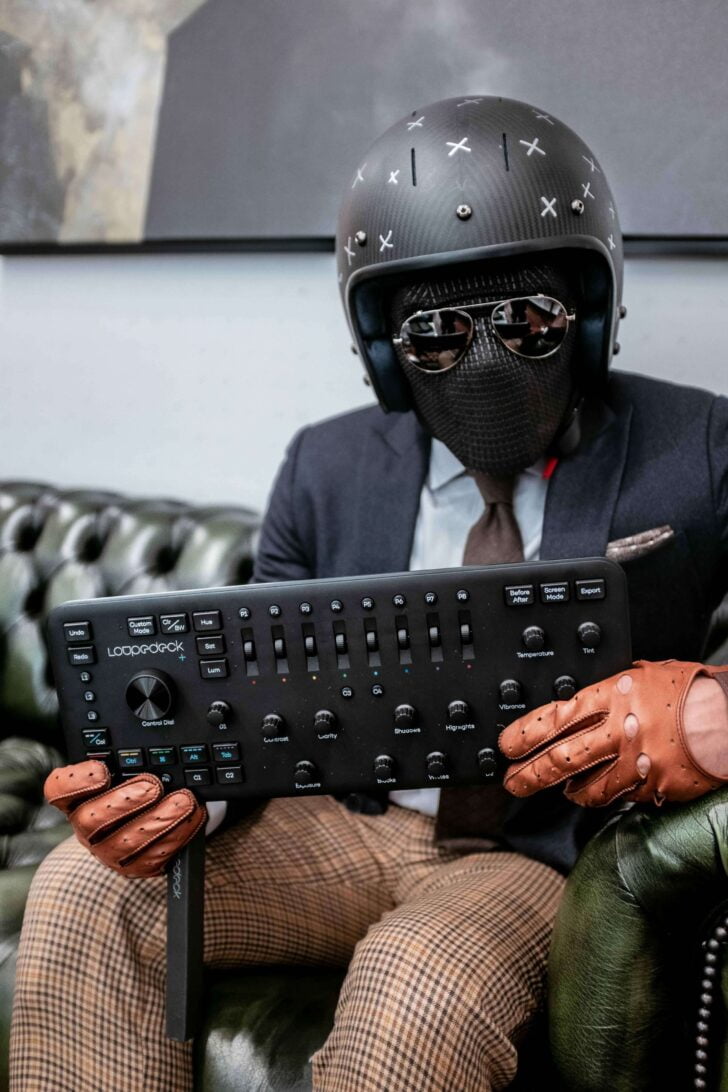
Your approach to your professional photographic work does look to veer more towards a carefully choreographed and ‘stage-managed style, rather than a more spontaneous and free-flowing ‘point and click’ style. Is this a valid observation?
I can see why you could make that observation. The truth though, is that it is very spontaneous and free-flowing. As close to point and click as you can get. Sometimes, depending on the weather, I’ll coordinate a predetermined route for moving shots. But the actual shooting is very much point and click.
Looking at your awesome images on Instagram, it seems evident that you have a signature photographic ‘look‘. How did it come about?
I want everything to look real and possible. But, I want to communicate it with as much a cinematic style as I can. This is where Loupedeck changed the entire game for me. It helped me achieve a breakthrough and get closer to that vision.
Continuing this reference to a ‘signature look’, your love (or is it obsession) for the color black in your photography is clear. It is a deeply cinematic, fantastically rich black that permeates your work, your in-demand artworks included. Tell us more …
The overarching story of this project will end in a scripted show on a streaming platform. This is what I’m working on right now. The world of “The Suited Racer” is dark, socially dystopian, and it juxtaposes how much I don’t take myself seriously. Color is such a big part of storytelling, it communicates so much.
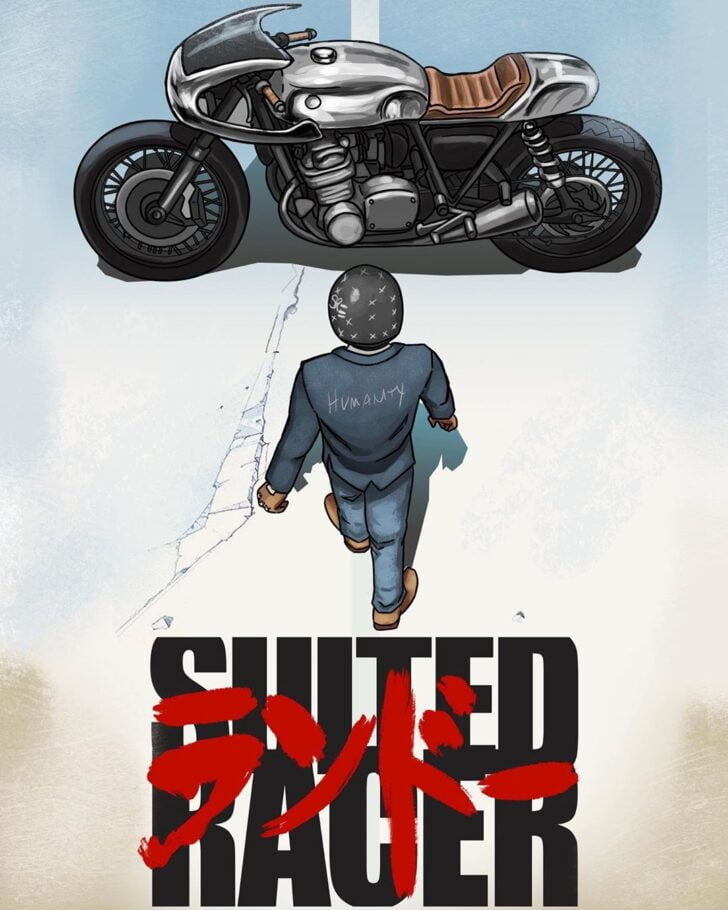
Is there a conscious ‘battle’ for supremacy, in terms of technicality (i.e. 40%) vs emotionality (i.e. 60%), when striving for the defining or iconoclastic image?
I was speaking about this just recently with some photographer friends of mine. One of them is one of the best product photographers out there. His technical knowledge is SO VAST, and for a product that works so well. For what I do, I believe it is 90% emotional, 10% technical. Technicality can get in the way of creating a moment that will spark emotion in the spectator.
Further to the technical and emotional ‘battle’, we could also talk about the powerful physicality of your images. If a face is hidden behind a mask, then body language must take precedence. Is this correct?
Absolutely. Conveying emotion without any facial features is something I’ve learned. The body positioning with a slight tilt or dip of the head becomes the only way to communicate.
Have your photographic methodologies or technological considerations changed during the course your career, or does this sound too geeky / scientific?
They’ve progressed. I truly compete only with the man I was yesterday. I want to beat that guy every day. When he wins, we both lose.
Turning to your professional work setup, what were your very first impressions of the Loupedeck console?
In Lightroom, you start at the top of the tools and work your way down. Some say this is the “proper” or intended way for it to be used. The Loupedeck console turned my post-production work from a serial endeavor to a parallel endeavor. I don’t know if there is a better way to describe it. I could imagine what tweaking luminance on a certain color channel while tweaking contrast may look like without having to “go back” up. You’d have to own a Loupedeck to truly understand what I mean.
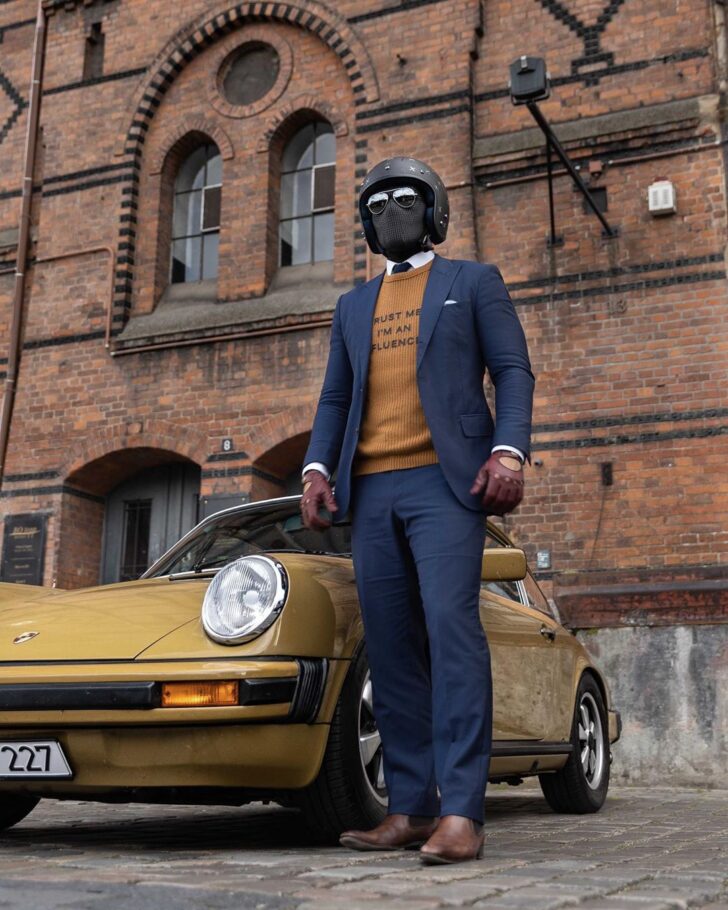
Following photoshoots, do you still look at every single raw image yourself as part of the editing process? If yes, why? If no, why? Has Loupedeck had a fundamental impact on how you approach the processing and editing of raw images?
Yes. I created this world. I’m passionate about it. I can identify what works best. The arrows and rating buttons have made the selection process so much more efficient and enjoyable… the part of the process that was the slowest and most grueling. From selection to coloring, to exporting, there is no separation from Loupedeck in my process. I’m a HUGE fan.
When you first began to properly integrate Loupedeck into your work processes, what was the first couple of ‘revelatory’ things you noticed?
It was a constant … “I just have to push that?! I just have to turn that?!” More than anything, it cut my work time in half.
Essentially all photographers will agree that the editing part is often the most ‘draining’ and ‘time-consuming’ element of photography as a profession. How has Loupedeck changed your overall methodology, processes and productivity-related to your post-shoot workflow?
Most photographers aren’t in a mask as the subject of their own photography as they direct almost every shot in their shoot. Post has always been the most exciting part of the process for me. Loupedeck has created a real flow, a real process.
Does the knowledge that you now have Loupedeck for post-processing allow you to be more experimental, or daring, or otherwise ‘different’ in your approach to work, or during a shoot, in the here and now, 2019?
Without a shadow of a doubt, 100%, I could not have arrived at where I am in photographic style without the power that Loupedeck has brought to my toolbox.
Any last comments Lando Griffin?
Can’t wait to see how Loupedeck continues to evolve. I believe every purchase of Lightroom should come with a Loupedeck console.
LEARN MORE ABOUT THE SUITED RACER:
You can learn more about Lando Griffin, his recent projects and art work by visiting his personal website and Instagram.
You can follow Lando on Instagram @thesuitedracer
LANDO GRIFFIN’S (“THE SUITED RACER”) PERSONAL WEBSITE:
Discover more Loupedeck Stories
Weihnachtsgeschenke für Streamer und Creators – Leitfaden
Sie suchen nach einem Weihnachtsgeschenk für einen Streamer oder Content Creator? Dann sind Sie bei uns genau richtig. In diesem Jahr bieten wir Ihnen für das Weihnachtsfest die besten Angebote und Rabatte auf unsere gesamte Kollektion an Loupedeck-Konsolen, die das Leben eines jeden Creators, nun ja… einfacher gestalten werden!

